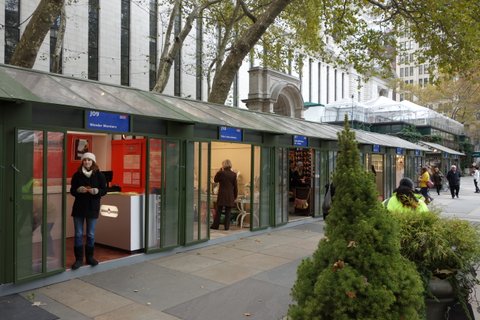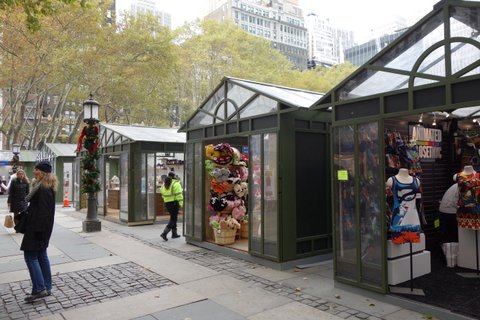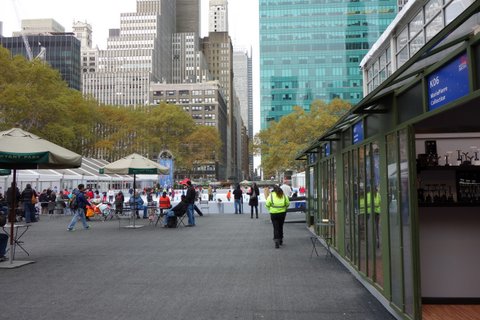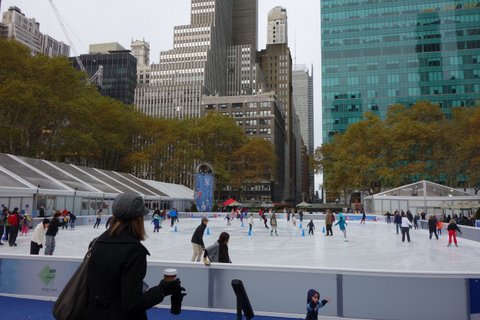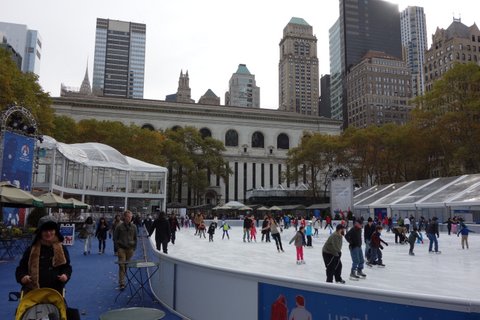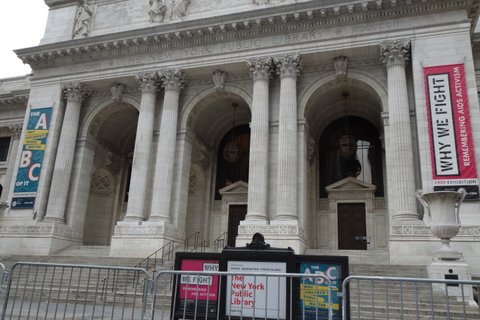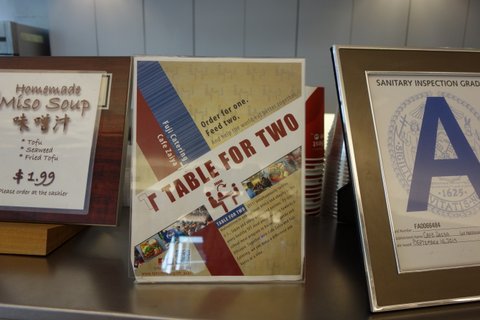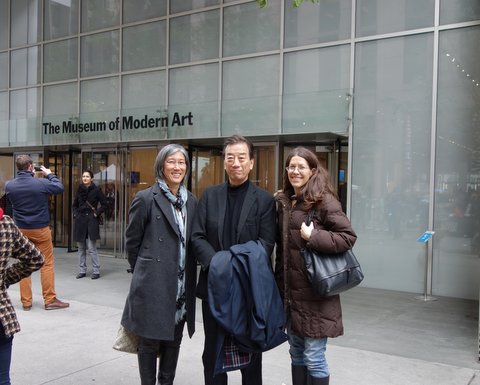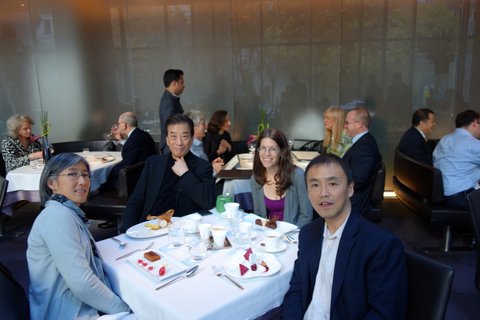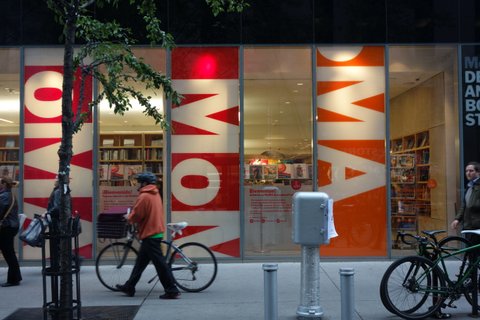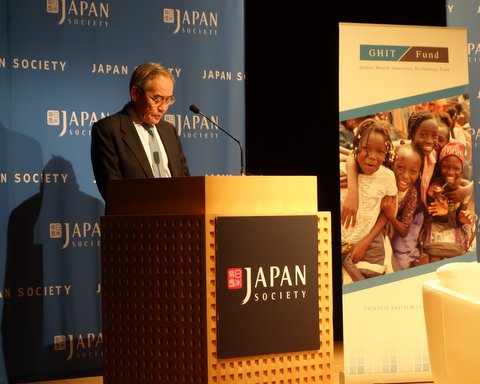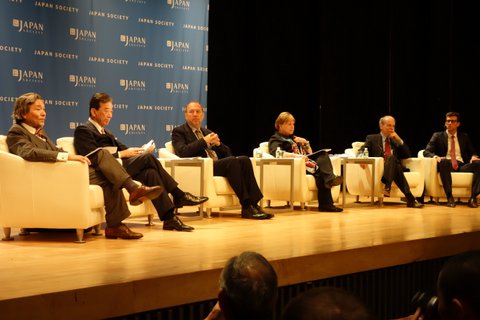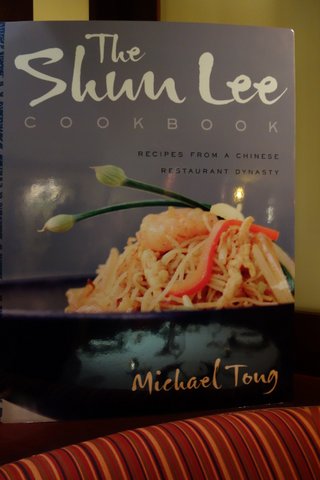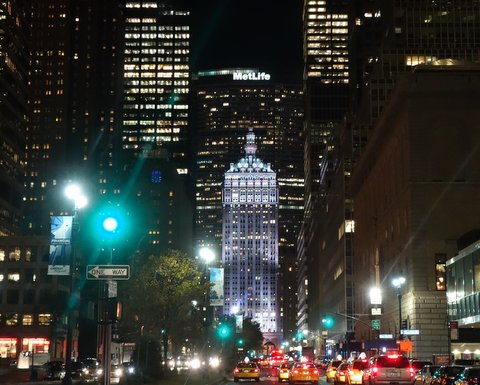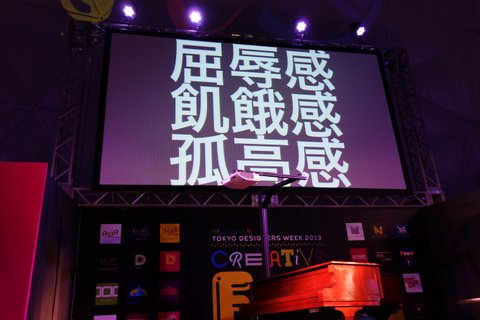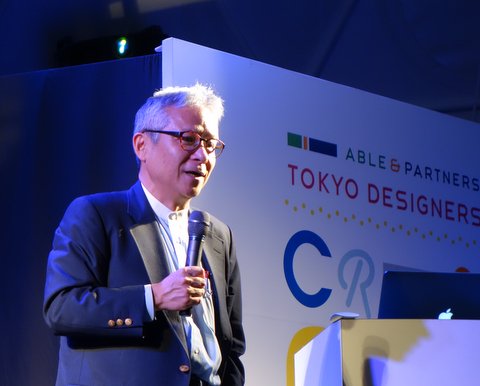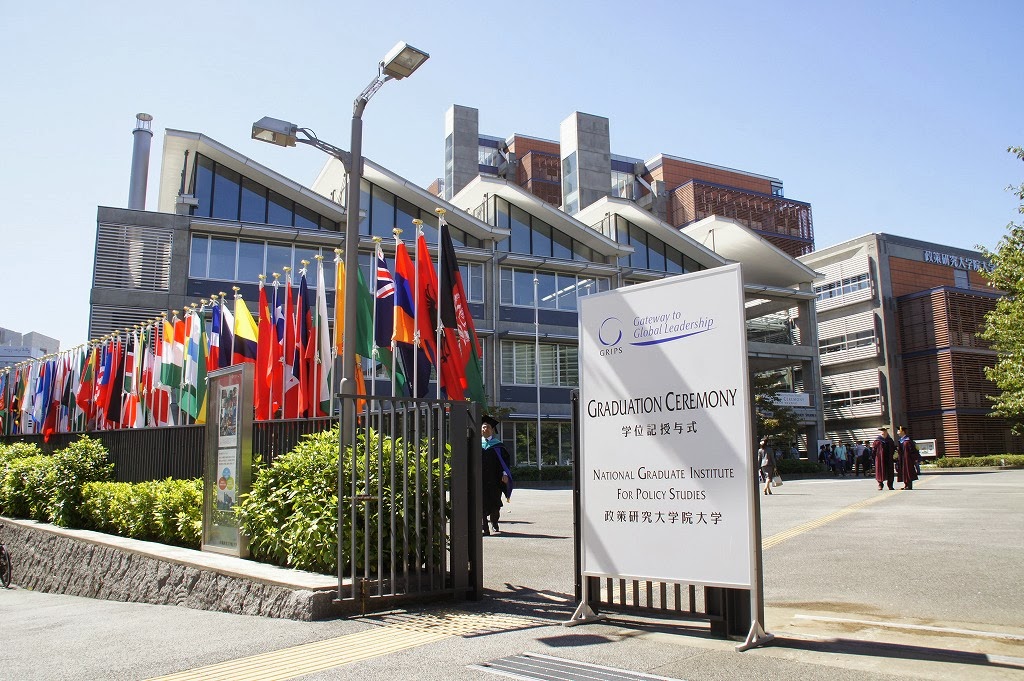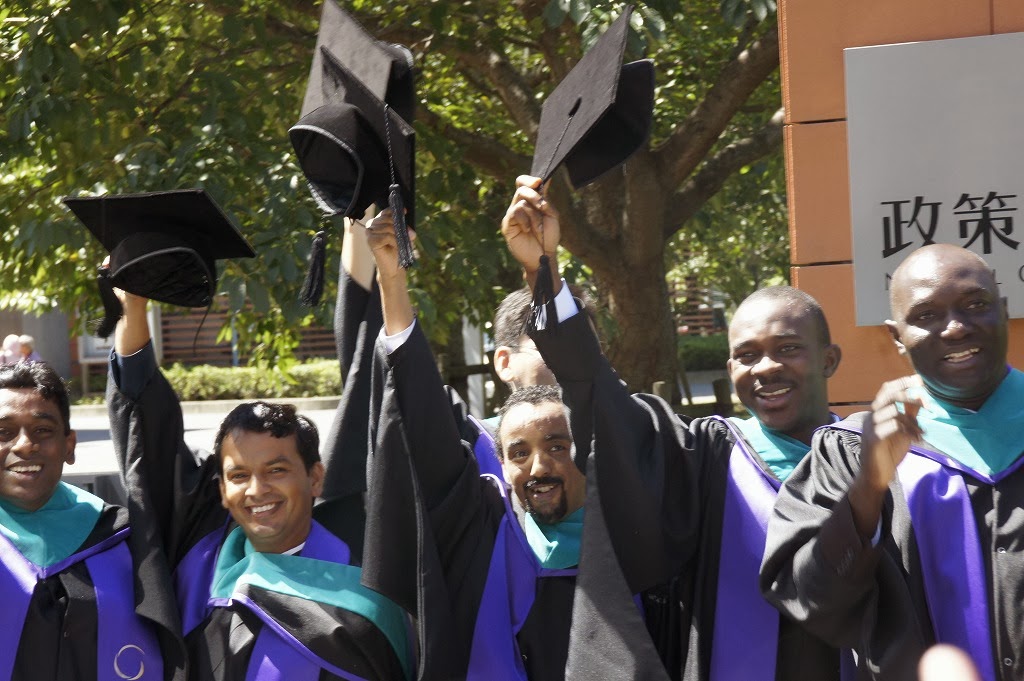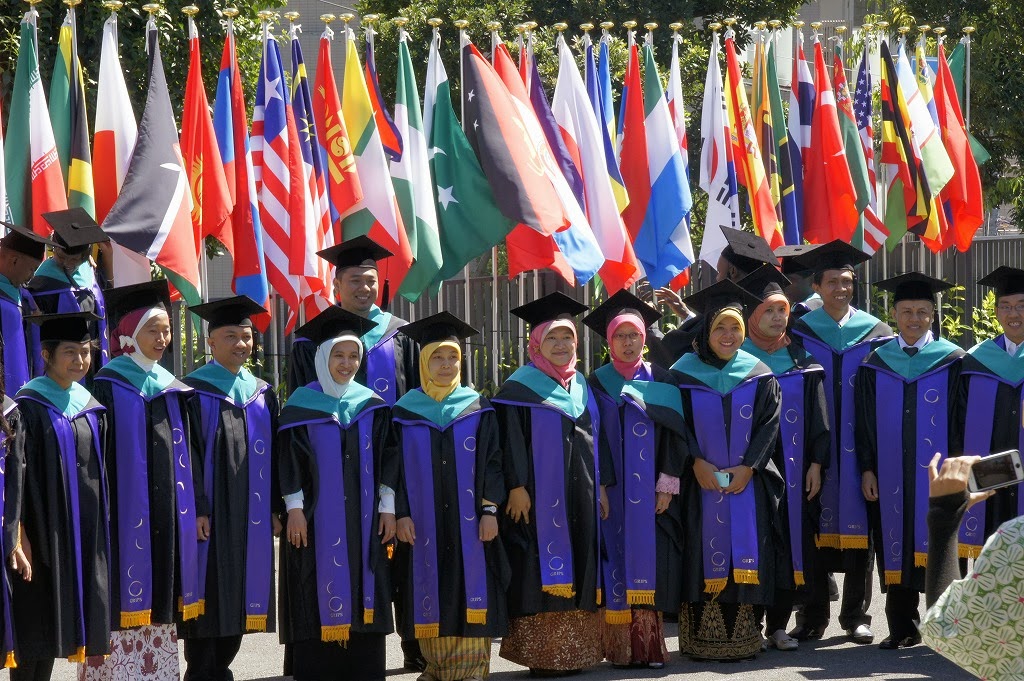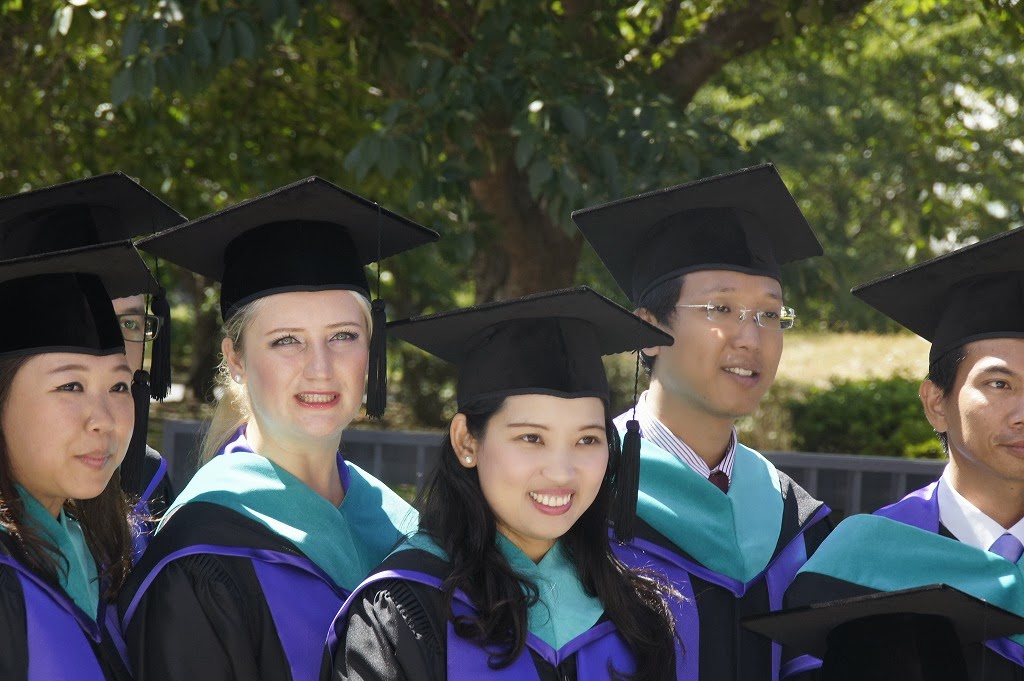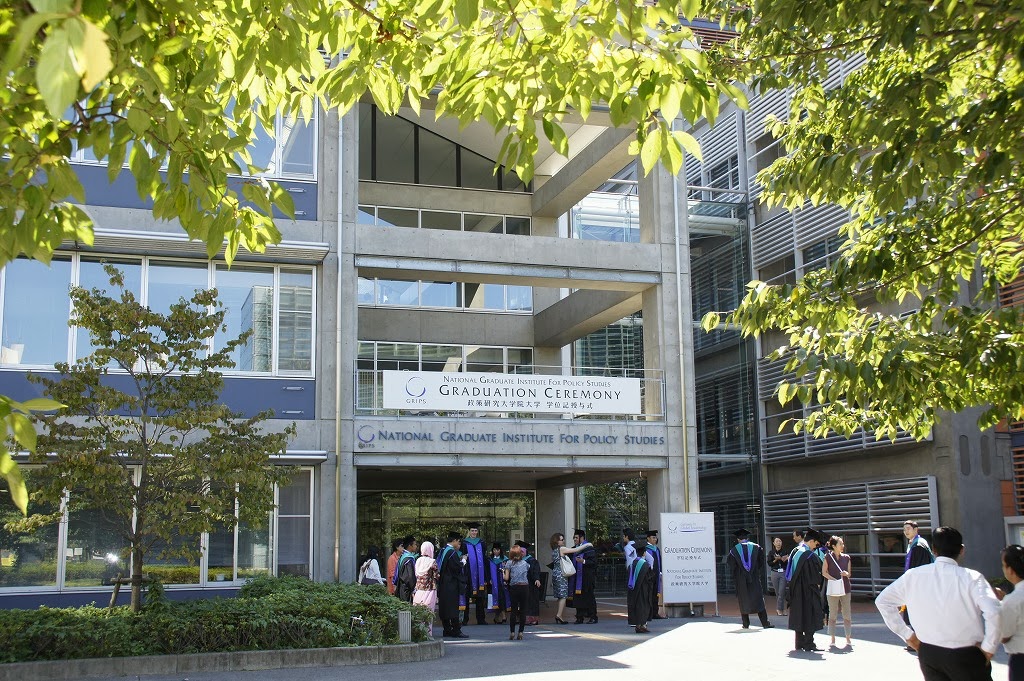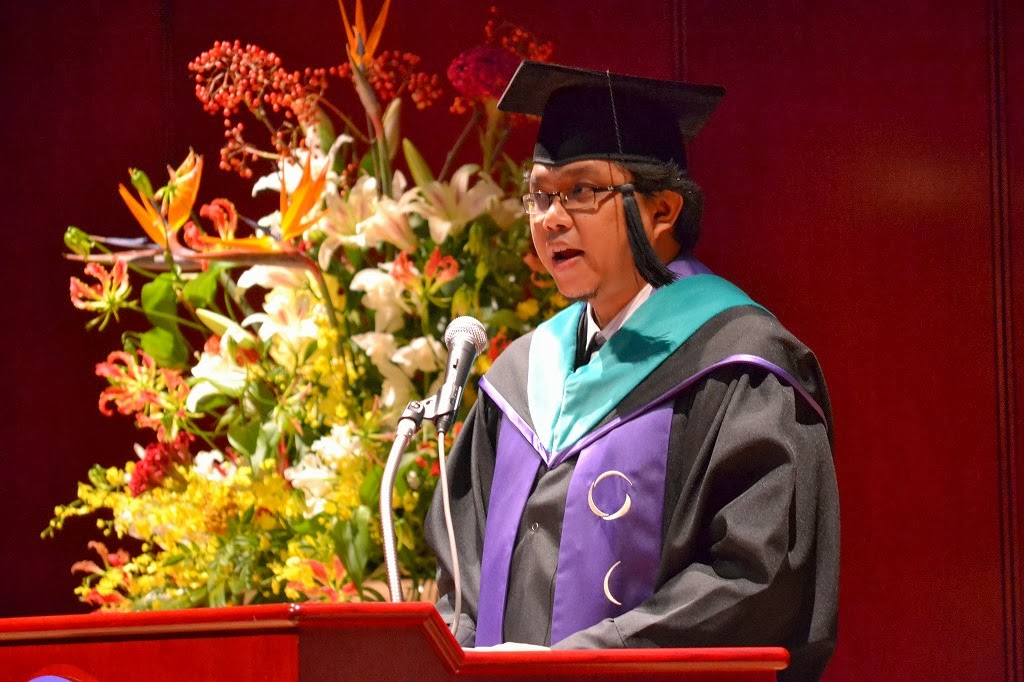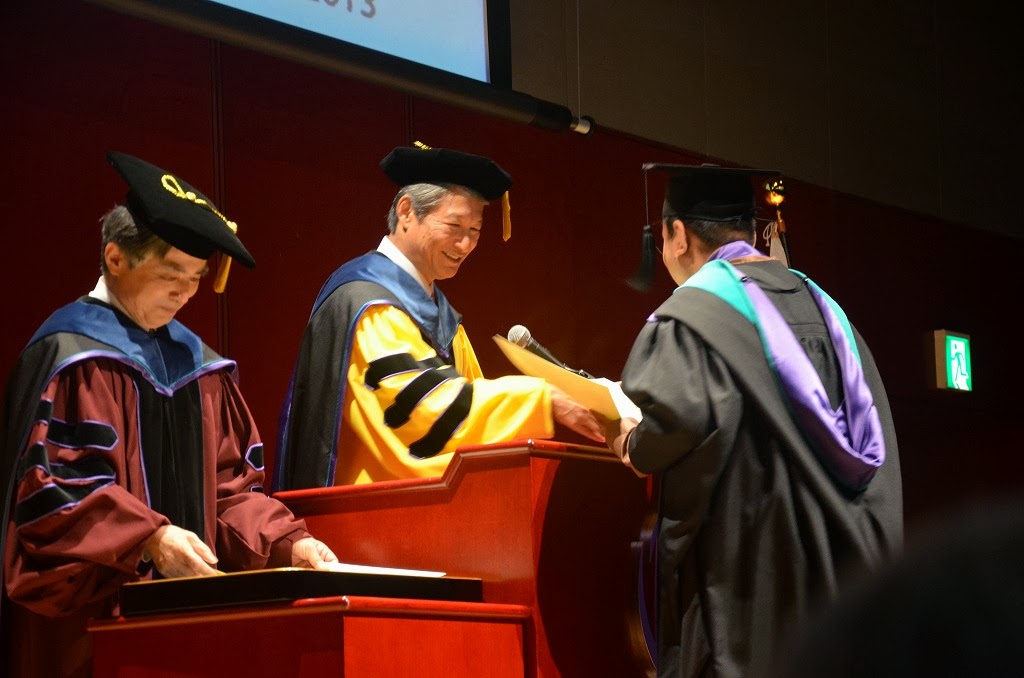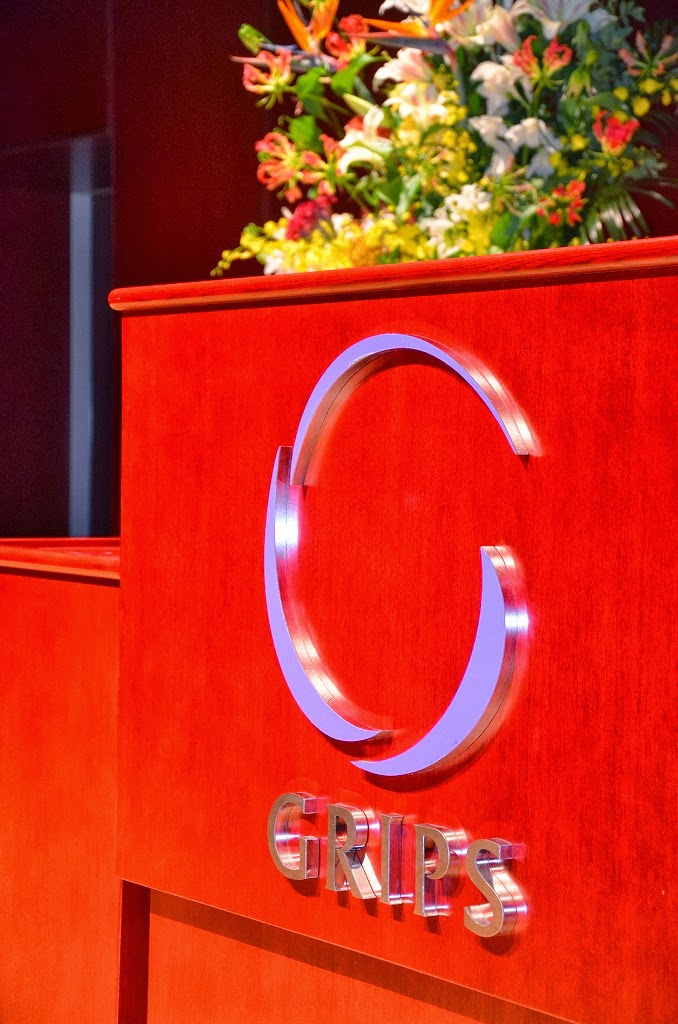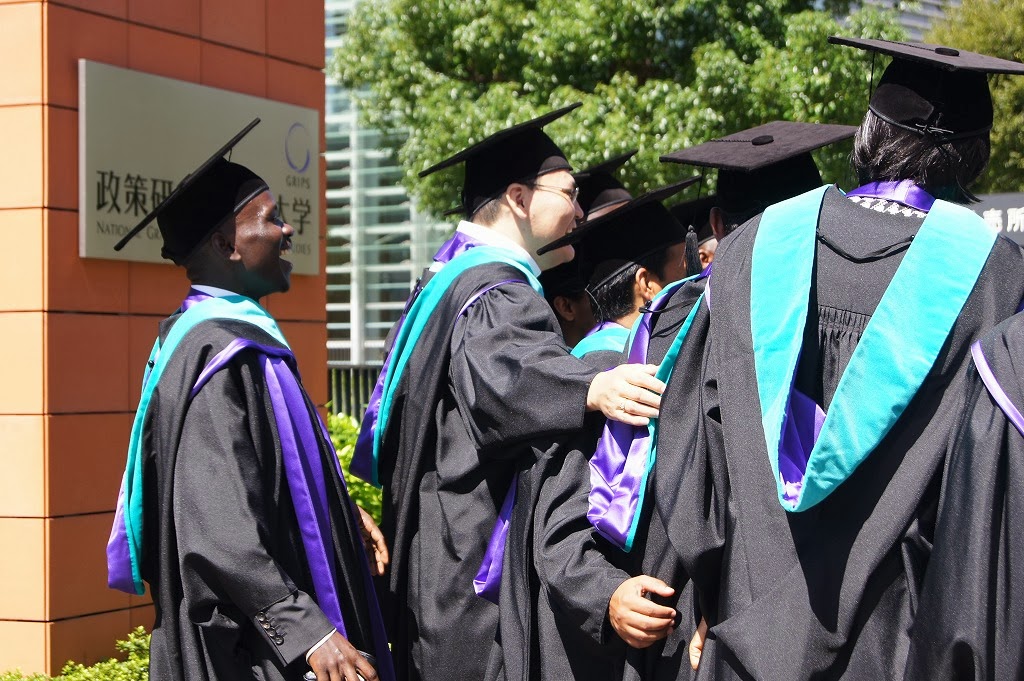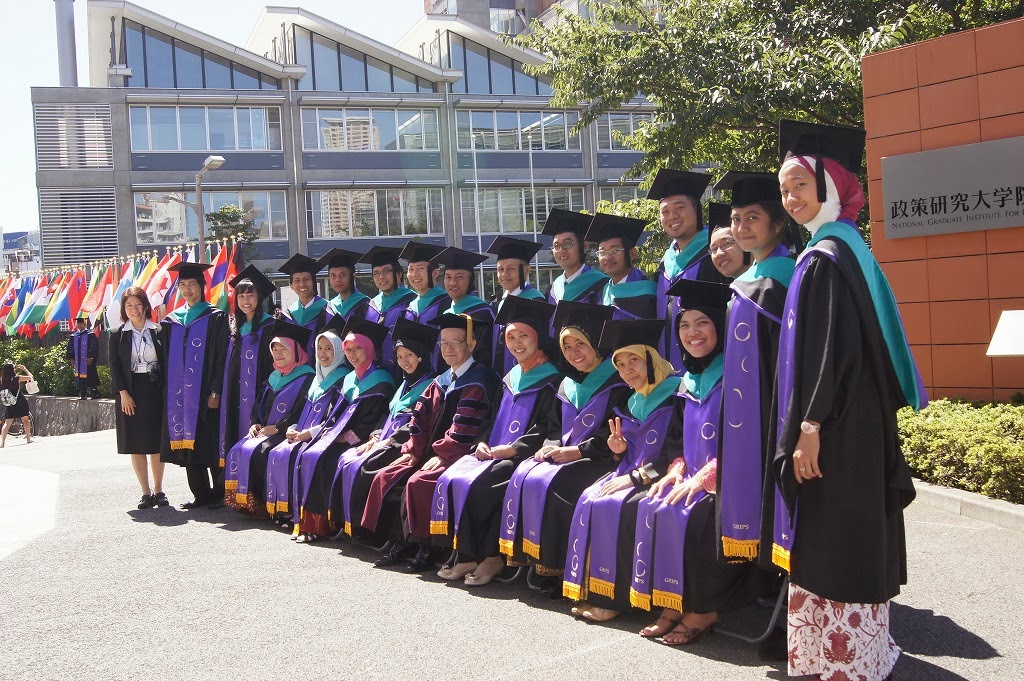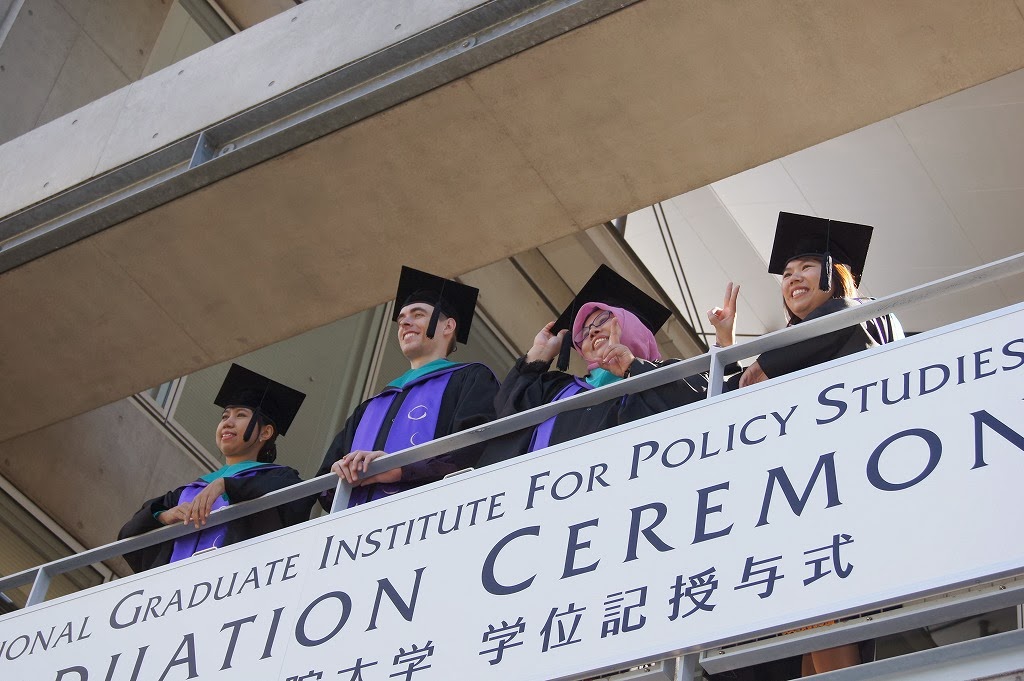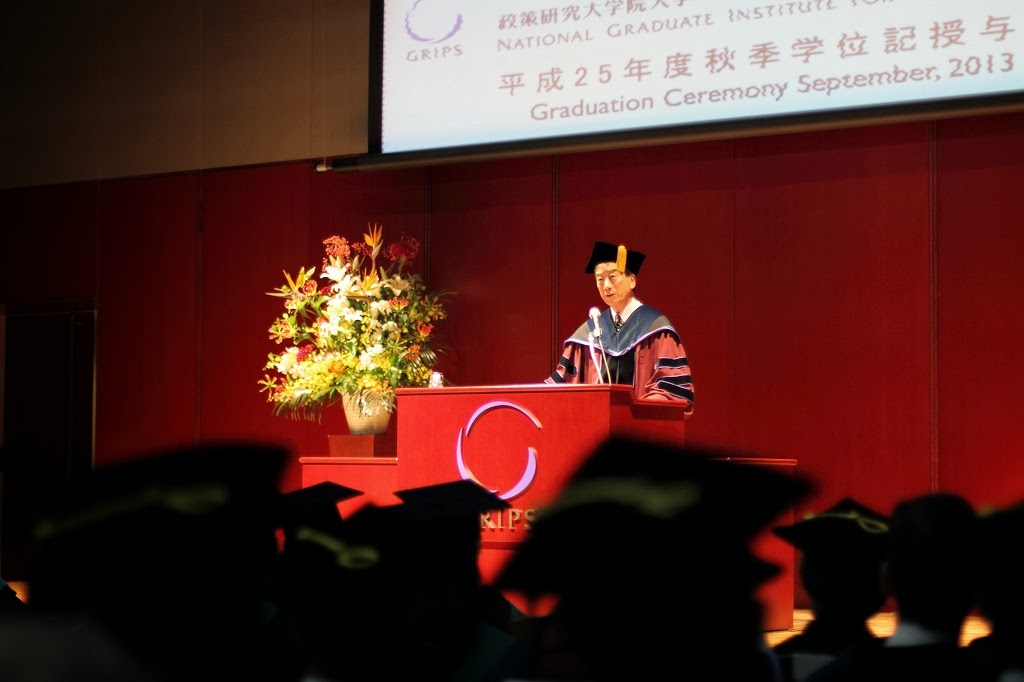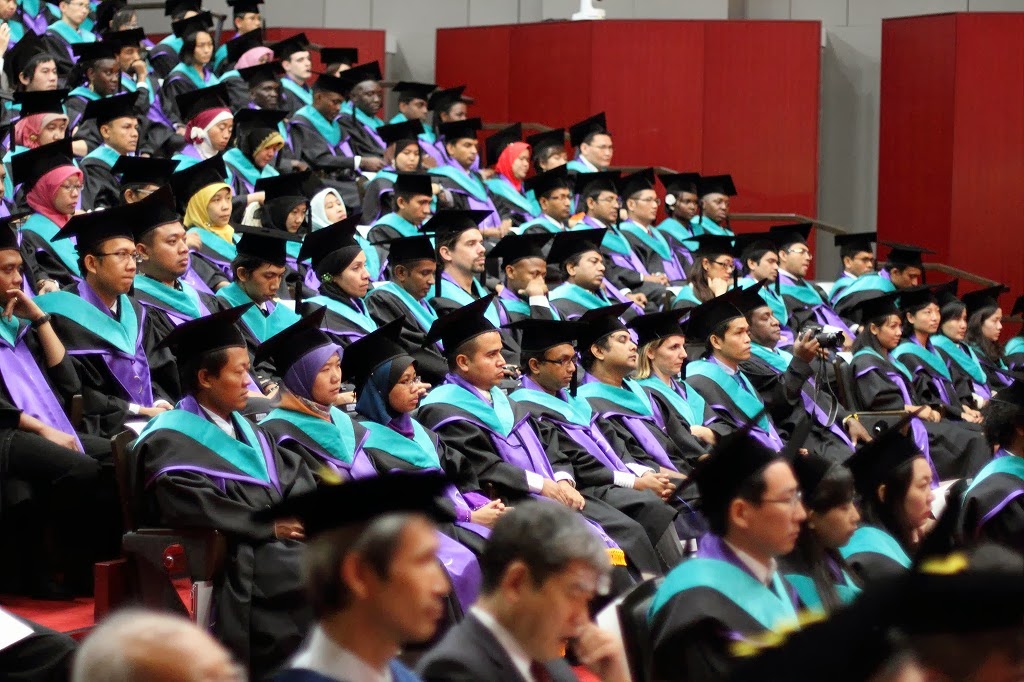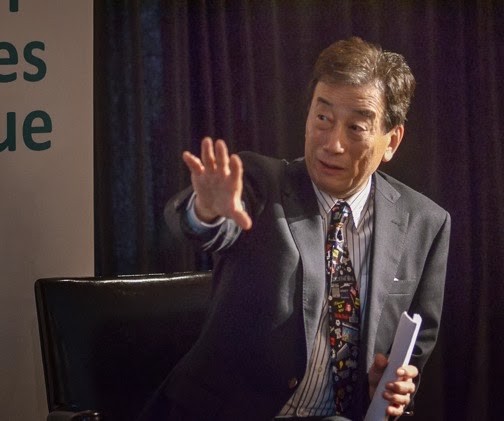I was very busy during November and I’m afraid I had not updated my blog for a while.
On the 10th of November, I flew to New York City (NYC). After arriving
in the afternoon, I met with doctors who are in clinical training there. This time, there are about ten doctors joined this time, of which three are women and some with their children along. They are very brilliant young people. Dr. Kuwama, who is an alumnus of the program, was also present. In the evening, I went to see the Broadway musical, Wicked. This is the tenth year it has been on Broadway, and the singing of the two lead women were amazing. Considering the high quality of the performers, I can understand the level of competitiveness and cannot help but be in awe.
The next day, with three friends, I visited the Kinokuniya Bookstore, had lunch with a view of the beautiful garden of MoMA, went to see the special exhibitions of the director of MoMA, Glenn Lowry, whom with I was at the Roppongi Innovation City Forum, and saw the special exhibition of Magritte, and had dinner with the board members of the GHITFUND in preparation for the board members’ meeting the next day. The dinner took place at The River Club, the most elite and sought after clubhouses in NYC. There are five condos that are $130 million, and Henry Kissinger is one of the current residents. There is also a tennis court in the basement.
The next day was the first day of the Global Health Innovative Technology Fund (GHITFUND) board members’ meeting. It was established this past May but it is an innovative mechanism for contributions towards global health, and can be called the first Public-Private-Partnership from Japan, composed of the Japanese government, six companies, and the Bill and Melinda Gates Foundation. It was launched in May and I am currently serving as the Chair of the Board.
In the afternoon, at the Japan Society, I sat on a joint panel with the New York Academy of Sciences to introduce the GHITFUND.
After the reception, I attended a late dinner with the board members of the GHITFUND at the Shun Lee Palace.
New York City was cold and there was even some snow.
The next day, I flew to Narita and made a transfer from there to Kuala Lumpur.
